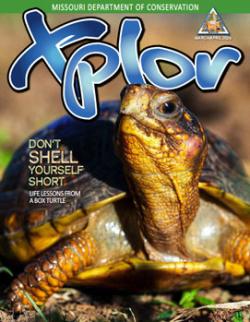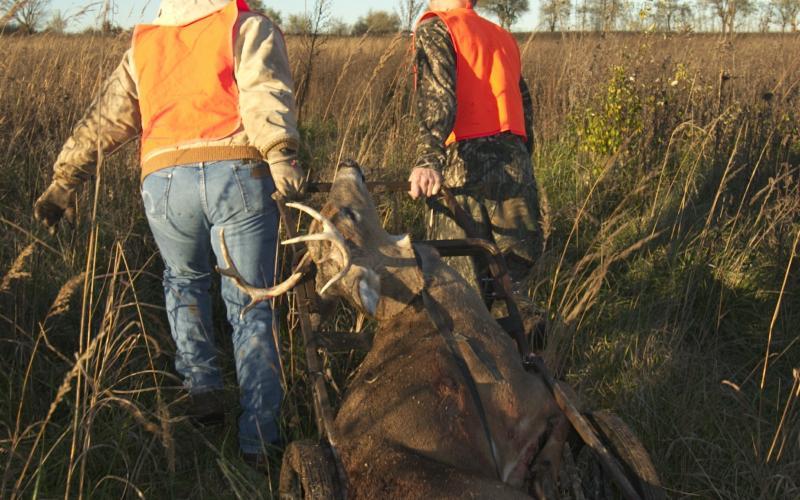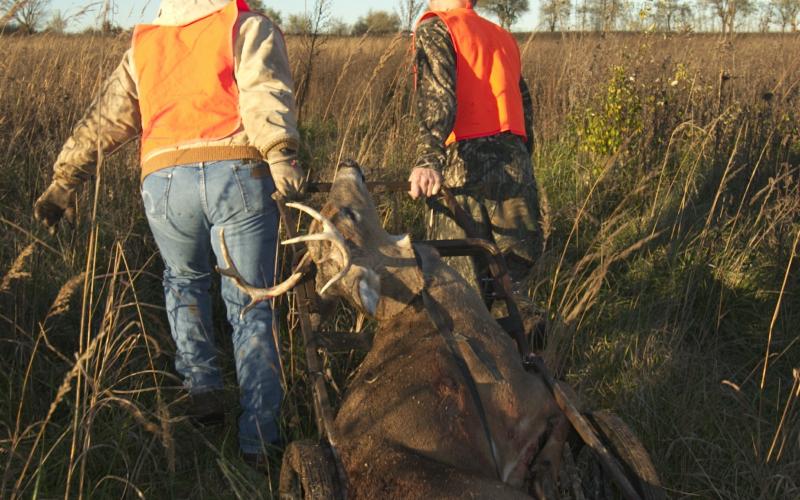
Xplor reconnects kids to nature and helps them find adventure in their own backyard. Free to residents of Missouri.


































Stay in Touch with MDC news, newsletters, events, and manage your subscription

Xplor reconnects kids to nature and helps them find adventure in their own backyard. Free to residents of Missouri.

A monthly publication about conservation in Missouri. Started in 1938, the printed magazine is free to residents of Missouri.


JEFFERSON CITY, Mo. – The Missouri Department of Conservation (MDC) is increasing its efforts to slow the spread of the deadly deer disease called Chronic Wasting Disease (CWD) throughout Missouri by proposing new regulations that would change requirements for transporting deer carcasses and add carcass-disposal requirements for meat processors and taxidermists. If approved, the regulations would become effective Feb. 29, 2020.
Some of the proposed regulations are similar to longstanding regulations that already place restrictions on the transport of cervid carcasses into Missouri. Learn more at mdc.mo.gov/cwd under “Feeding Ban and Other Regulations.”
CWD is a deadly disease in white-tailed deer and other members of the deer family, called cervids. The disease has no vaccine or cure and eventually kills all deer it infects. The infectious prions that cause CWD are most concentrated in the spines and heads of deer. Moving potentially infected deer carcasses out of the immediate areas where they were harvested and improperly disposing of them can spread the disease.
MDC has created a CWD Management Zone around where confirmed cases of the disease have been found to help track and limit the spread of CWD. Learn more at mdc.mo.gov/cwd under “CWD in Missouri.”
The proposed regulations would:
“Most states with CWD have similar restrictions on carcass movement and MDC is proposing reasonable regulation changes to further reduce the risks of spreading CWD to new areas,” said MDC Resource Science Division Chief and Deer Biologist Jason Sumners. “CWD remains a rare disease in our state and we want to keep it that way!”
Research shows that infected cervid carcasses left on the landscape can spread CWD to other deer that come in contact with the carcasses. Therefore, moving potentially infected carcasses to new areas and improperly disposing of them can spread CWD within Missouri.
MDC has tested more than 130,000 deer for the disease since the first cases were detected in 2010 and 2011 in two northeast Missouri counties. Most of those deer tested were harvested by hunters. Since then, the number of CWD detections has increased to 116 and the disease has been found in 16 counties in the northeast, southwest, southeast, central, west-central, and eastern areas of the state – often many miles from any other known cases.
“Our research shows it is highly unlikely that the spread of CWD to some new areas of the state is from the natural movement of deer,” Sumners said. “We have found some new cases of CWD more than 60 miles from any other known cases. While we do not know specifically how they got there, we do know that deer rarely travel that far on their own. That leaves people as the most likely way the disease is spreading that far.”
According to MDC, most deer hunters would not be affected by the proposed regulations and most meat processors and taxidermists are already properly disposing of deer carcasses.
“Our deer-hunter surveys and other research shows that more than 85% of deer hunters would NOT be affected by the new regulations because they already dispose of carcasses on or near the property where the deer was harvested, or already take their harvested deer to licensed meat processors and taxidermists,” Sumners explained. “The rest dispose of the carcasses on other properties in other counties or in other ways. That small percentage can have a big impact on spreading the disease.”
MDC held public meetings around the state in the fall of 2018 to gather initial feedback on the proposed regulations and, according to Sumners, a “vast majority” of attendees felt they were reasonable.
The proposed regulation changes were given initial approval by the Missouri Conservation Commission at its May 23 meeting.
As part of its rulemaking process, MDC is asking for public comment on the proposed regulations through early August at short.mdc.mo.gov/Z49 under “3 CSR 10-4.135 Transportation,” “3 CSR 10-10.744 Commercial Deer Processing: Permit, Privileges, Requirements,” and “3 CSR 10-10.767 Taxidermy; Tanning: Permit, Privileges, Requirements.”
The Commission will consider input received and make a final decision to move forward, modify, or withdraw the proposed regulations during its Aug. 23 meeting. If approved, the anticipated effective date of the regulations would be Feb. 29, 2020.
For more information on CWD, go online to mdc.mo.gov/cwd